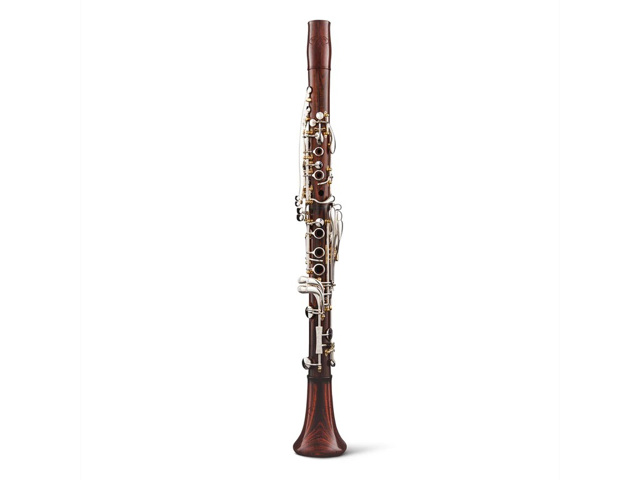Types of Clarinets
The clarinet is a woodwind instrument with a long history. The instrument was invented in Germany in the late 17th century by Johann Christoph Denner, who developed it from earlier instruments such as the chalumeau. In the 18th century, the clarinet became popular in classical music and became a permanent part of the orchestra.
In the 19th and 20th centuries, the clarinet was further developed and improved, and it was used in various musical styles, including jazz and folk music. Today, the clarinet is one of the most popular wind instruments in the world and is played by amateurs and professionals in all shapes and sizes and in many different music genres.
The B? and A clarinets are what come to mind when you hear the word clarinet. Additionally, you may have seen a bass or alto clarinet. But have you ever heard of the basset horn, the contrabass clarinet, or the octo-contralto clarinet? We have neatly listed them all for you.
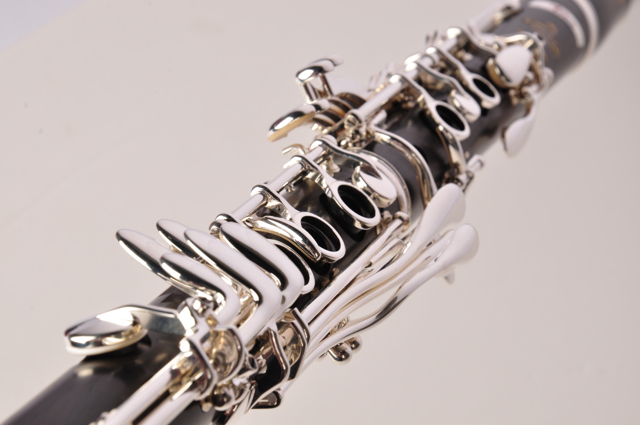
Common Clarinets
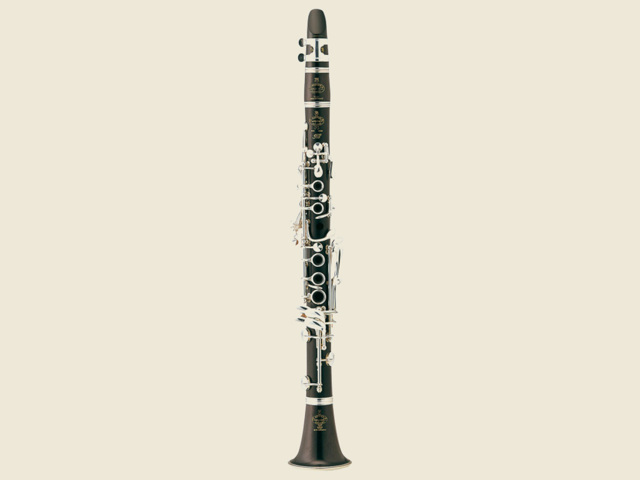
E-Flat Clarinet
The penetrating tone of the E-Flat clarinet in the higher registers serves to support the piccolo and the high notes of flutes in the symphony orchestra, making the orchestral sound more brilliant. The E-Flat clarinet is also used when extra high clarinet parts are required, which are difficult to achieve with a regular E-Flat clarinet in terms of intonation.
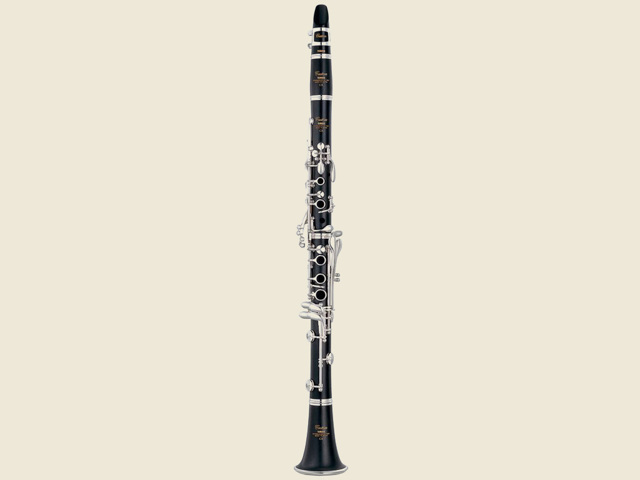
A clarinet
The A clarinet is a standard orchestral instrument used alongside the B-Flat clarinet. It is especially required in older European classical music. Every serious classical clarinetist will own both a B-Flat and an A clarinet, and cases that fit both instruments are common.
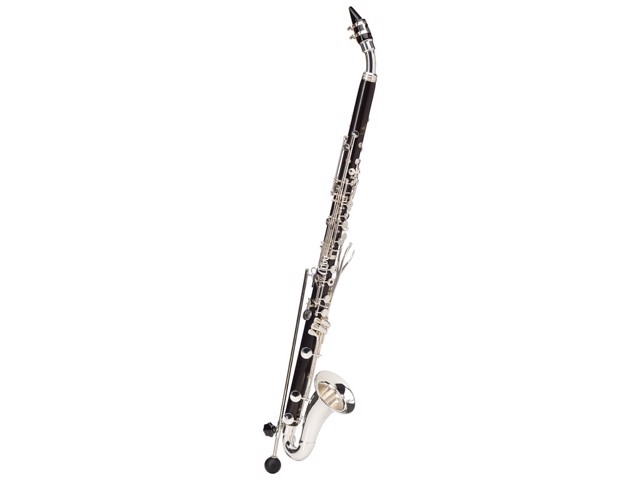
Alto Clarinet
The alto clarinet is often used in concert bands, clarinet ensembles, and single-reed orchestras. The alto clarinet usually has an extra key that allows it to play a low E?. It differs in this aspect from the basset horn in F, which can play notes down to low C. The contemporary alto clarinet is tuned in E?. In terms of tuning, the alto clarinet is an octave lower than the E? clarinet. Listen here to Viktor's Tale by John Williams played by the Claribel Clarinet Choir.
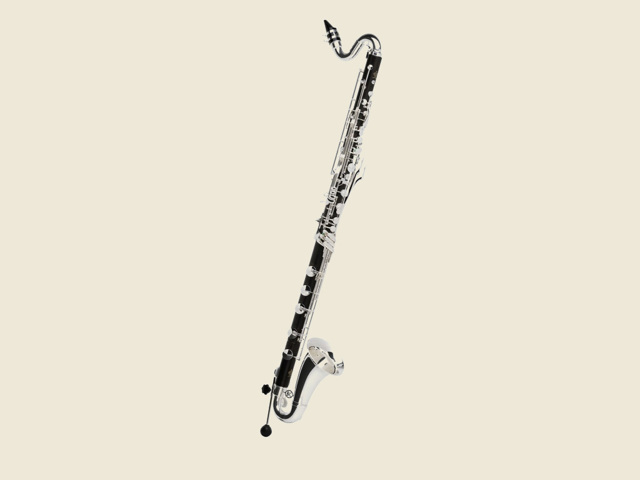
Bass clarinet
The B? bass clarinet, which sounds an octave lower than the B? clarinet, is primarily at home in orchestras and symphonic wind music, and occasionally in jazz. Due to the combination of metal and wood, they, along with the alto clarinet, have a unique sound. The pitch range of the bass clarinet is often extended beyond low E to a maximum of C. Listen here to a cover of 'Old Town Road' by 5 bass clarinets.
Less Common Clarinets
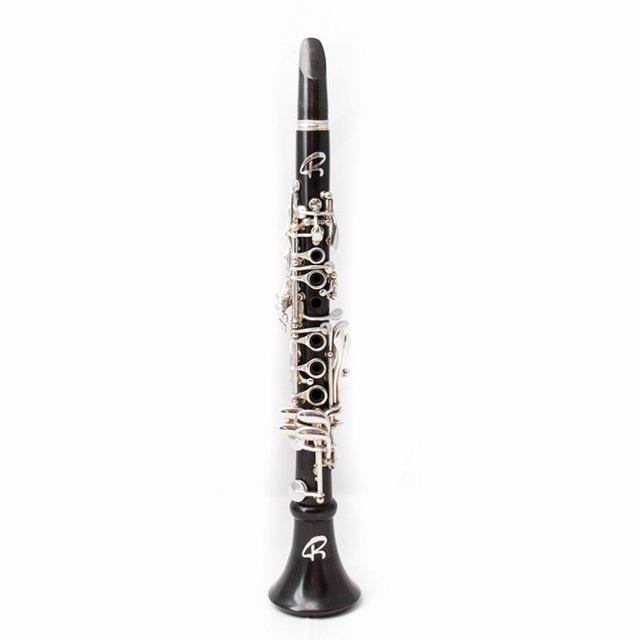
Piccolo clarinet
Piccolo clarinets are rare and are also called octave clarinets or sopranino clarinets. There are various tunings for piccolo clarinets; they are made in A?, G, and F. Of these, the A? clarinet is the most commonly used.
The A? clarinet is tuned a minor seventh higher than the B? clarinet. The lowest note, E, sounds as a concert middle C, the same as many concert flutes. A? clarinets were present in European wind bands, especially in Spain and Italy, until the mid-20th century. Today, they are still occasionally used in various operas by Verdi.
Listen here to Alessandro MARCELLO with the Concerto in D minor.
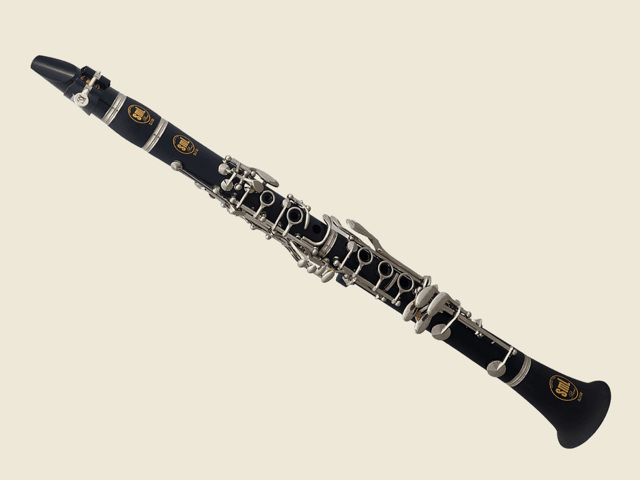
C clarinet
C clarinets are rarely used in symphony orchestras today. The C clarinet was widely used in the 19th century. Nowadays, however, it is the only non-transposing family member that is now replaced by a B? clarinet.
D Clarinet
The D clarinet, which could be found in the Baroque clarinet concerto by Johann Melchior Molter or in Viennese dance music (Johann Strauss), is now largely replaced by the E? clarinet, but it cannot play all the low notes. Listen here to Little Till Eulenspiegel Duo for two D clarinets by Helena Riedl & Manuel Gangl.
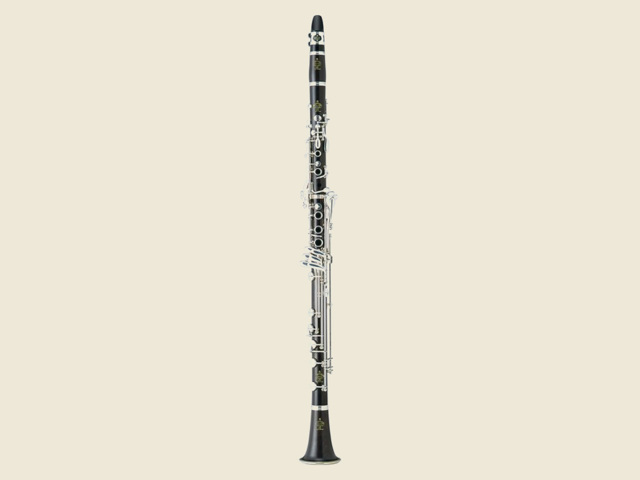
Basset Clarinet
The basset clarinet is similar to the regular clarinet, but longer and with additional keys to play several extra low notes. The similarly named basset horn is also a clarinet extended in the low notes but is pitched in a lower key (usually in F). Basset horns came first and undoubtedly inspired the basset clarinet.
The basset clarinet is particularly associated with the name of the virtuoso clarinetist Anton Stadler (1753-1812), a contemporary and friend of Mozart. For this instrument, Mozart composed his Clarinet Quintet in A major, K. 581, and the Clarinet Concerto in A major, K. 622.
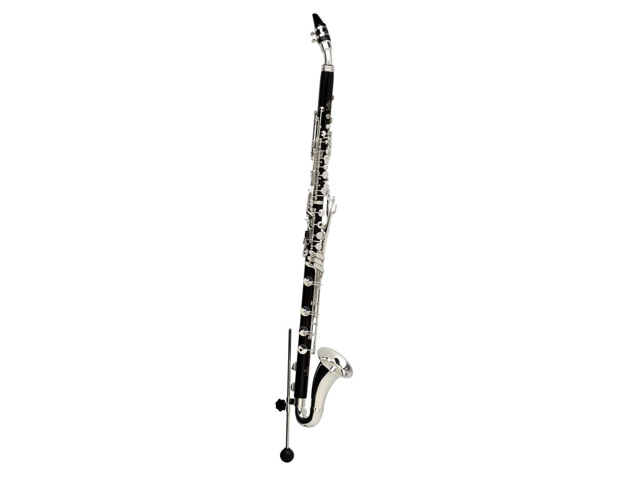
Basset Horn
The basset horn is part of the clarinet family. It is rarely used today except for playing classical repertoire. The most common and practiced basset horn is the one with a brass bell.
Mozart was very impressed by the clarinet family and the basset horn. Mozart's first use of the basset horn was in the Serenade K. 361 No. 10 in B?, called "Gran Partita." In this piece, he uses thirteen wind instruments, including two B? clarinets and two basset horns. Mozart used the basset horn (as well as the basset clarinet) in many of his chamber music pieces for wind instruments.
Listen here to the Lotz Trio with The Magic Flute: March of the Priests.
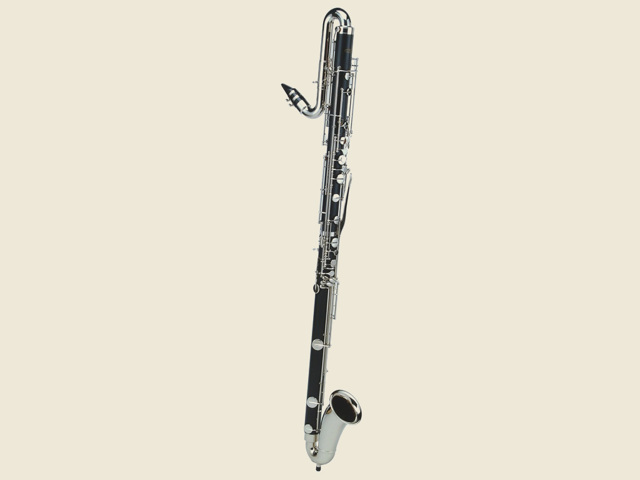
Contra-alto Clarinet
The contra-alto clarinet is often used in a clarinet ensemble and a single-reed orchestra. Occasionally, you may find one in a concert band. Modern contra-alto clarinets use a system derived from the Boehm system. Earlier models also had a system based on the Oehler system. The contra-alto clarinet is pitched in E? and plays an octave lower than the alto clarinet. To get an idea of how the contra-alto clarinet sounds, you can listen to a solo by Brandon Evans here.
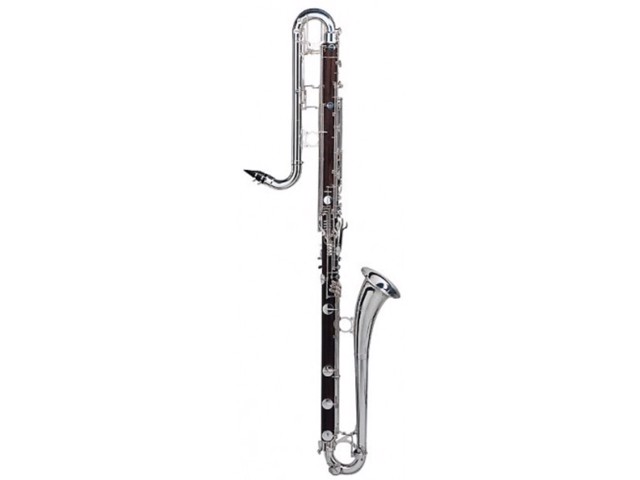
Contrabass Clarinet
The contrabass clarinet is often used in a clarinet ensemble and a single-reed orchestra. It provides exemplary support that enhances the harmonics of the other instruments. The contrabass clarinet is pitched in B? and plays an octave lower than the bass clarinet. Listen here to a solo piece by Giacinto Scelsi performed by Jason Noble.
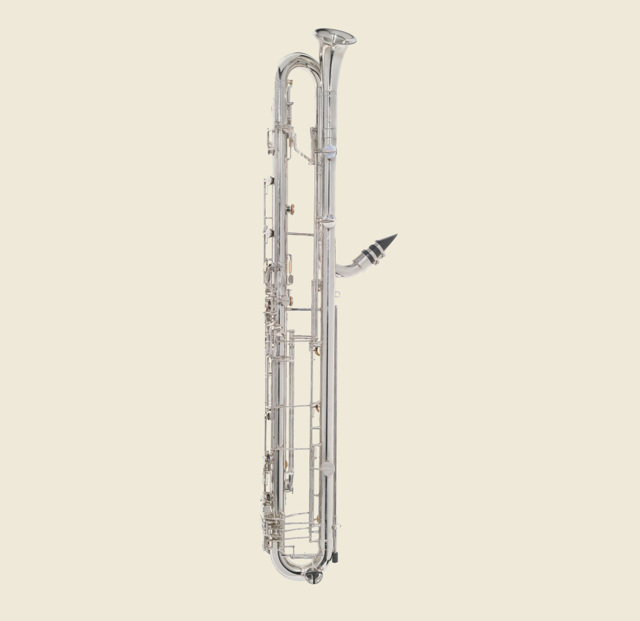
Octocontra-alto Clarinet
The octocontra-alto clarinet is the second largest member of the clarinet family. The instrument is pitched two octaves lower than the alto clarinet.
Listen here to Brandon Evans with a solo for octocontra-alto clarinet.
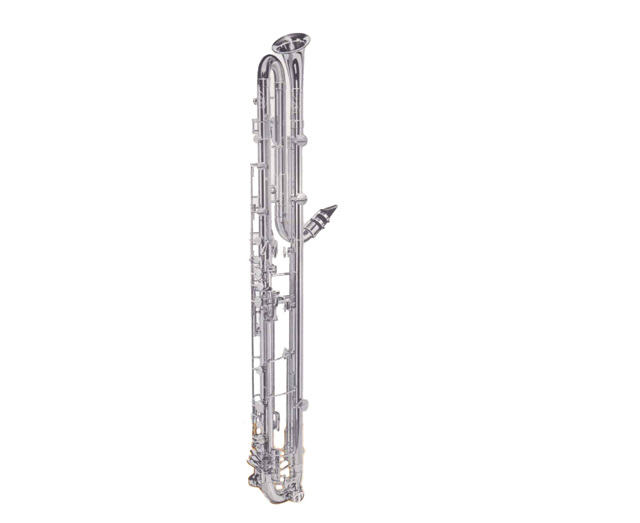
Octocontrabass Clarinet
The octocontrabass clarinet, or subcontrabass clarinet, is the largest, longest, and lowest member of the clarinet family. It is pitched an octave lower than the contrabass clarinet, or three octaves lower than the standard B? clarinet. This subcontrabass clarinet is 2.5 meters tall.
Listen here to a duet with octocontra-alto clarinet and octocontrabass clarinet.
The octo-contra instruments were built by the G. Leblanc Corporation. Only one of each exists. They can be found in a museum in La Couture-Boussey, France, where Leblanc was founded.
